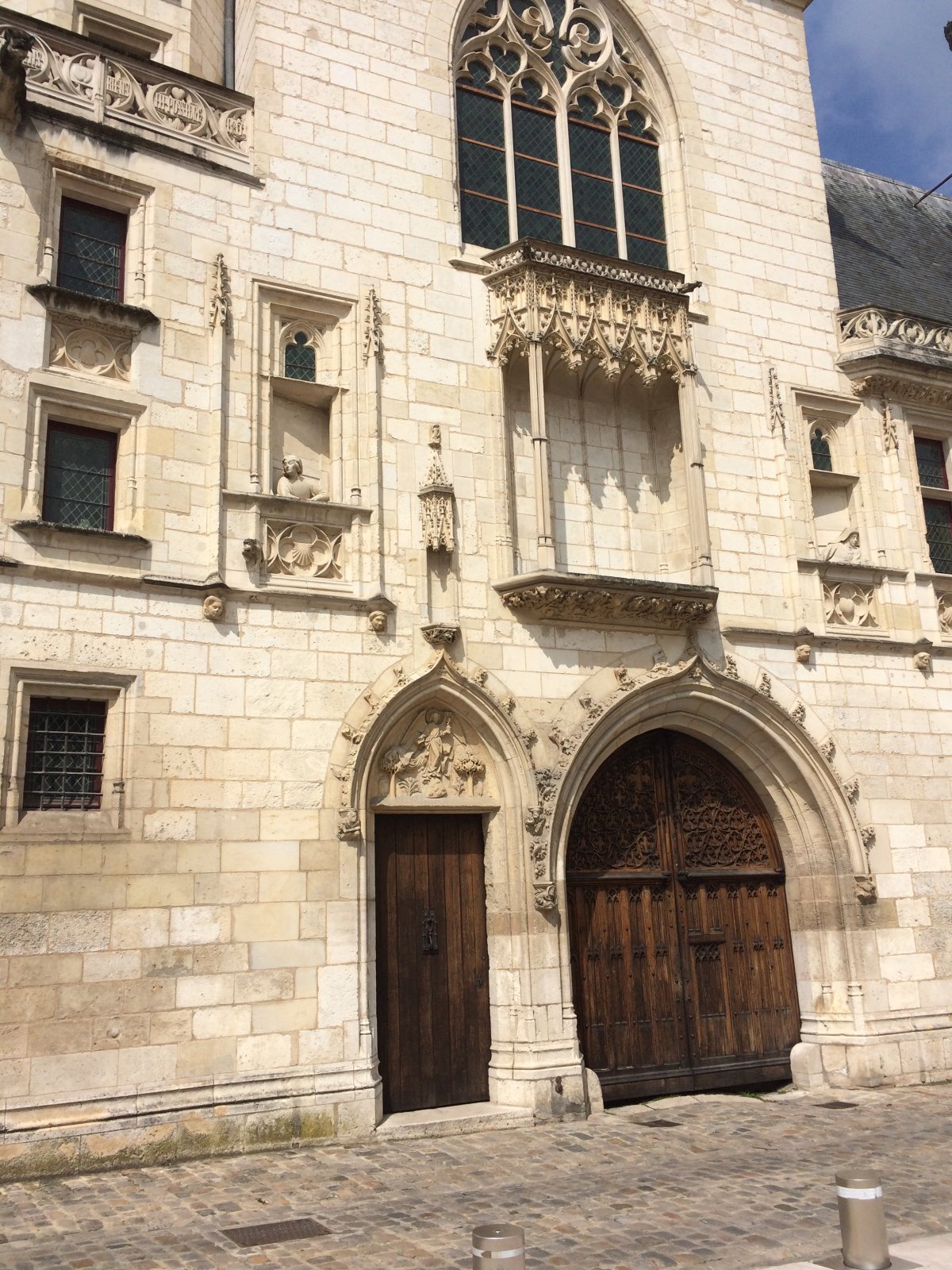France June 2016 - Bourges
Leaving Fontenay Abbey, we headed west southwest over two-lane country roads to Bourges. France's signage is not the best and we were totally dependent on our smartphone GPS. At one point. the road we were on ended abruptly due to road construction. Somehow we found an alternate route. The countryside was very scenic though. It was just empty farm fields and woods, until you would come to a small village where you would have to slow down and go through the town center via a very narrow road. Thankfully there was almost no traffic.
We had wanted to stop at the Chateau de Guedelon which is a medieval castle construction project, using only the tools, techniques, and materials available in the 13th century. We just didn't have the time to stop unfortunately. Someday.
Here is our Bed & Breakfast in Bourges. It used to be the house of a wealthy industrialist in the town. That evening, we walked into town and had a nice French dinner.
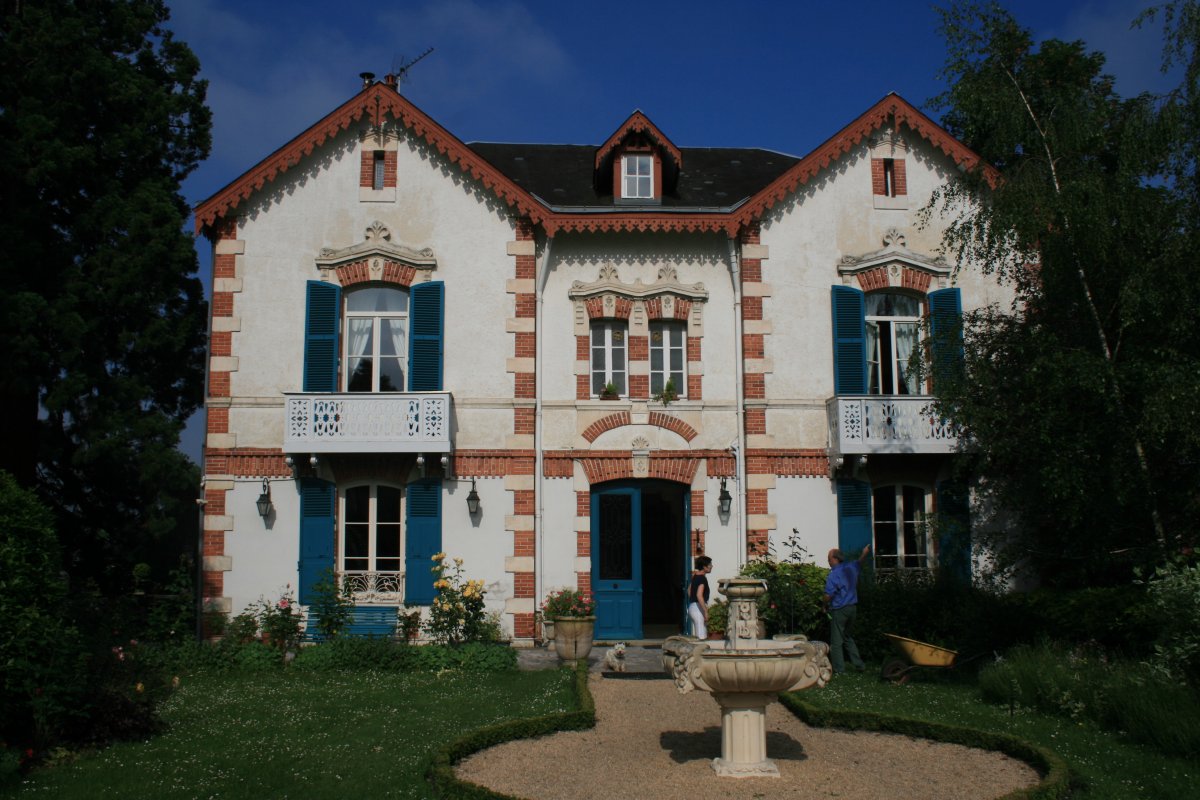
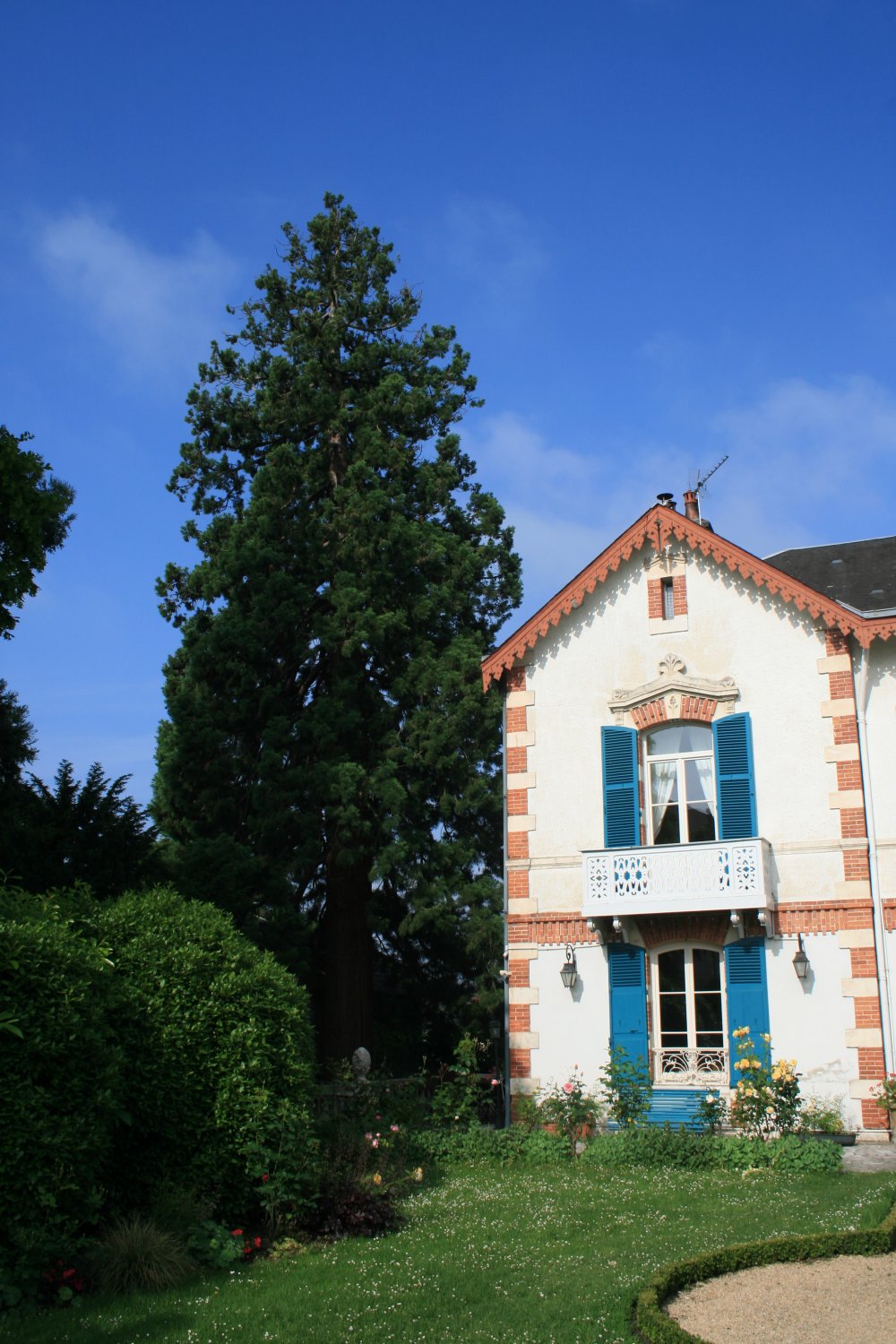
The next morning we checked out the Bourges highlight, the huge Gothic Cathedral of Saint-Etienne.
The flying buttresses supported the walls, making the many stained glass windows possible.
We would see many cathedrals on this trip -- Bourges, Bayeux, Rouen, Reims, and Notre Dame (Paris). (I'm sorry to say we did not see Chartres) -- but I thought this one was the most impressive from the outside. Perhaps that was because there wasn't much around it, so you could really see it as a whole.
Lynnette is standing in the archbishop's garden on the southeast side. The geometrically patterned garden was designed by Andre Le Notre -- France's greatest garden designer -- who we will encounter again on our tour de France.
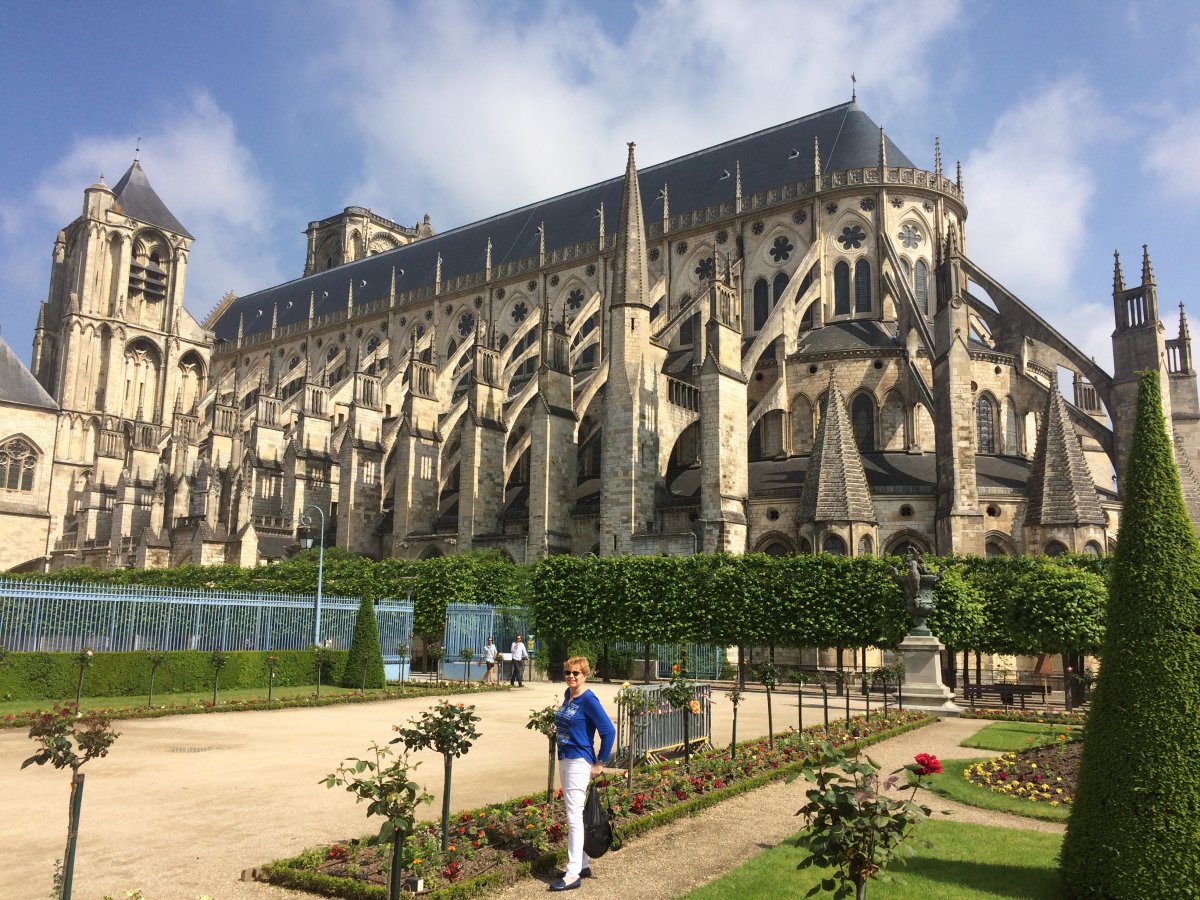
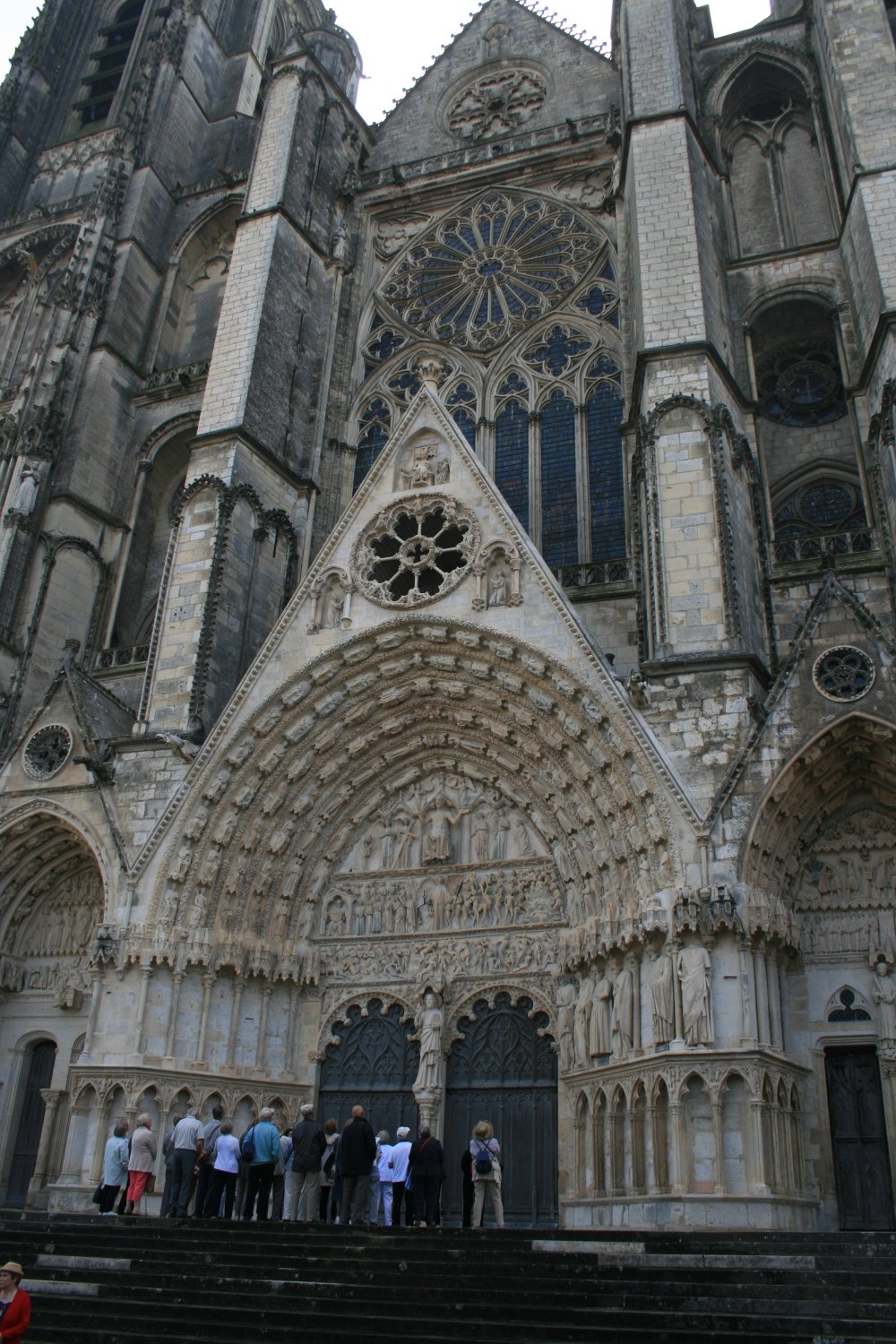
The dauphin was crowned "King of Bourges" here in 1422.
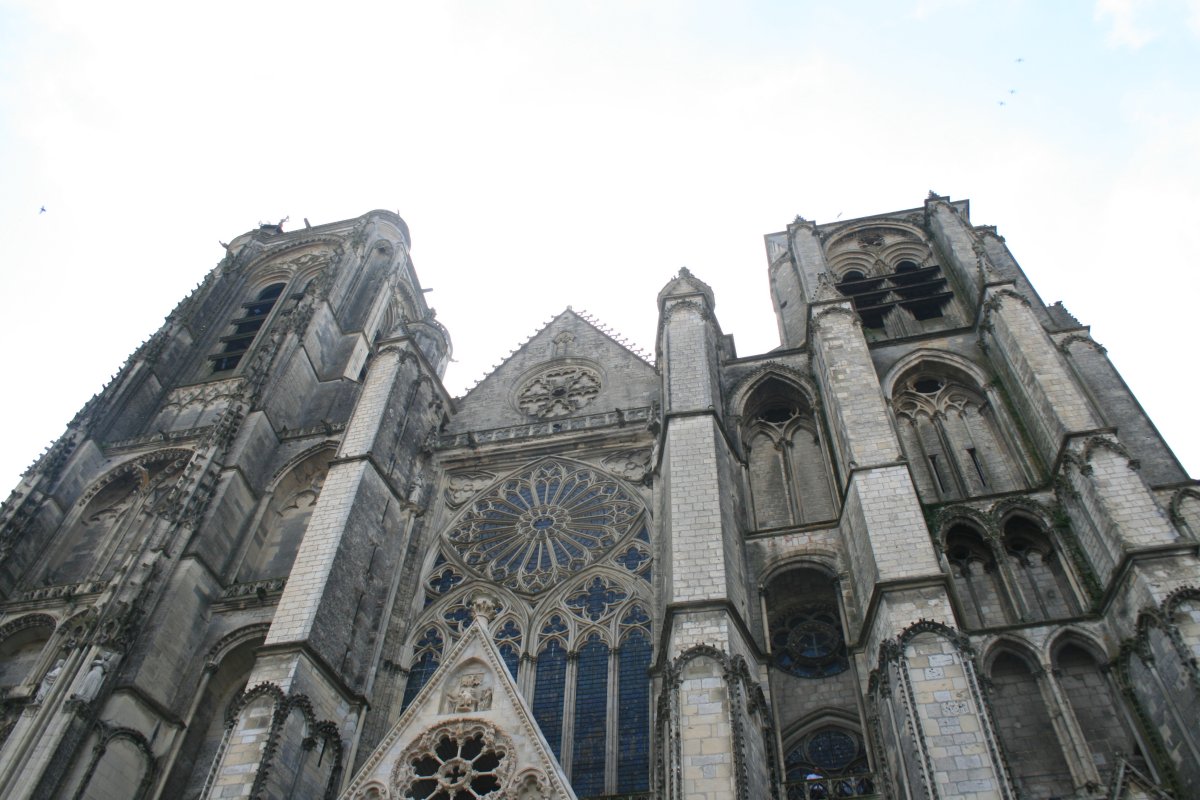
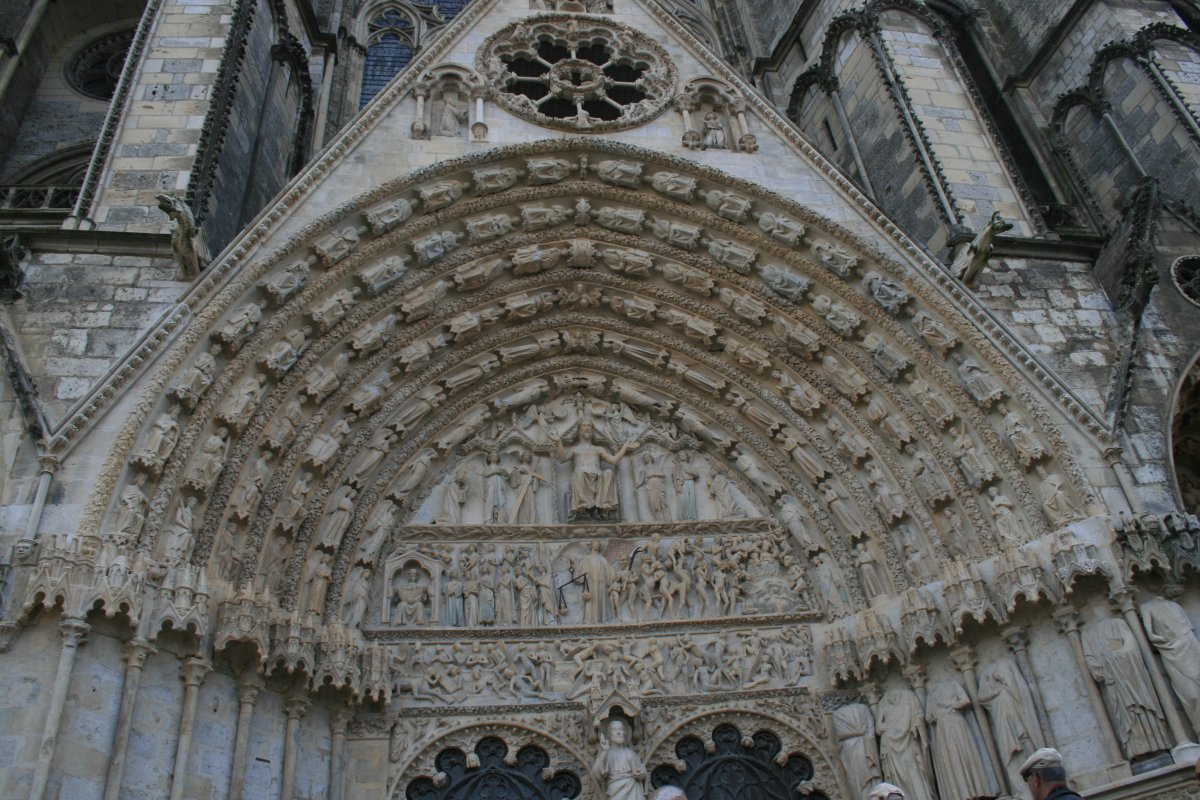
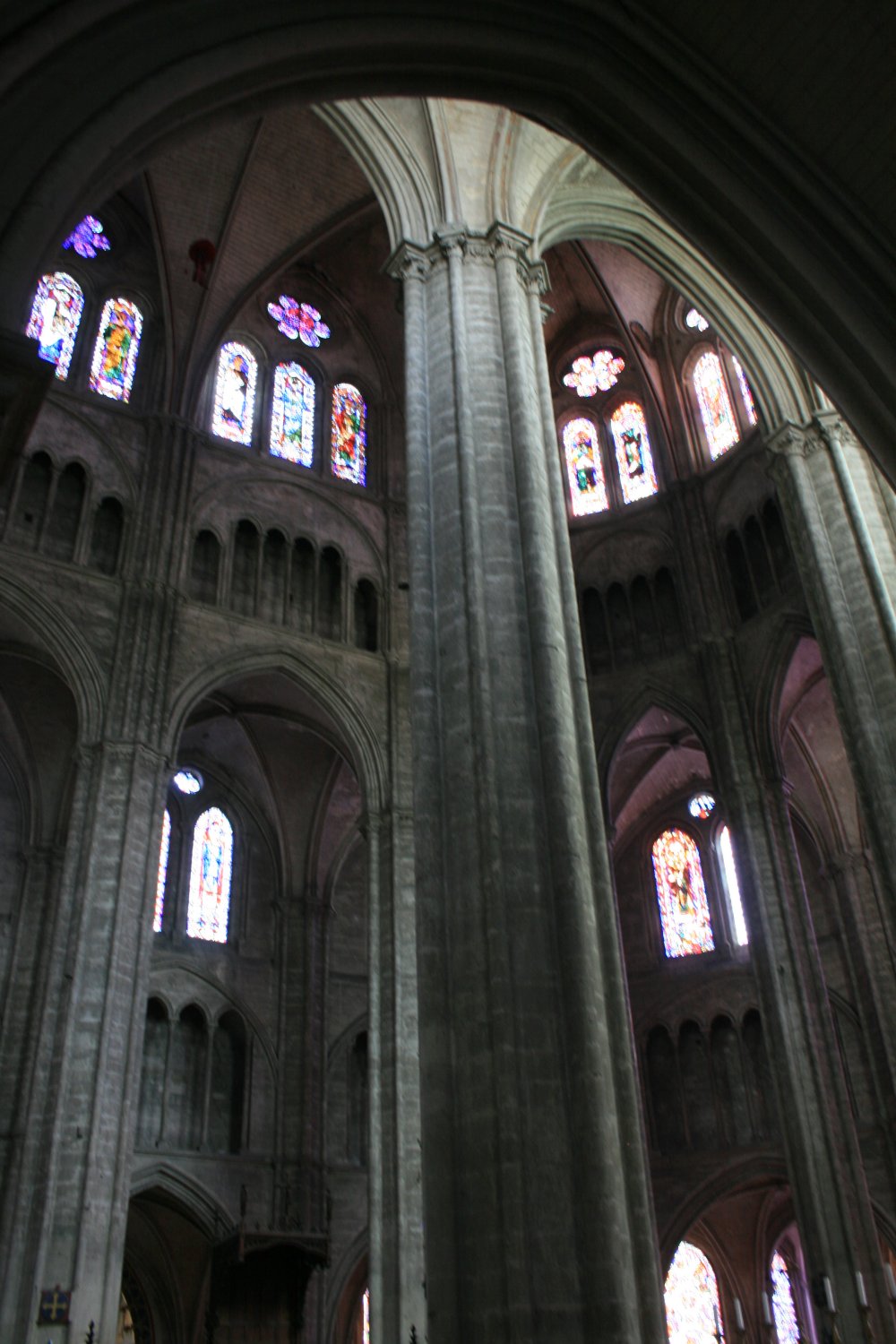
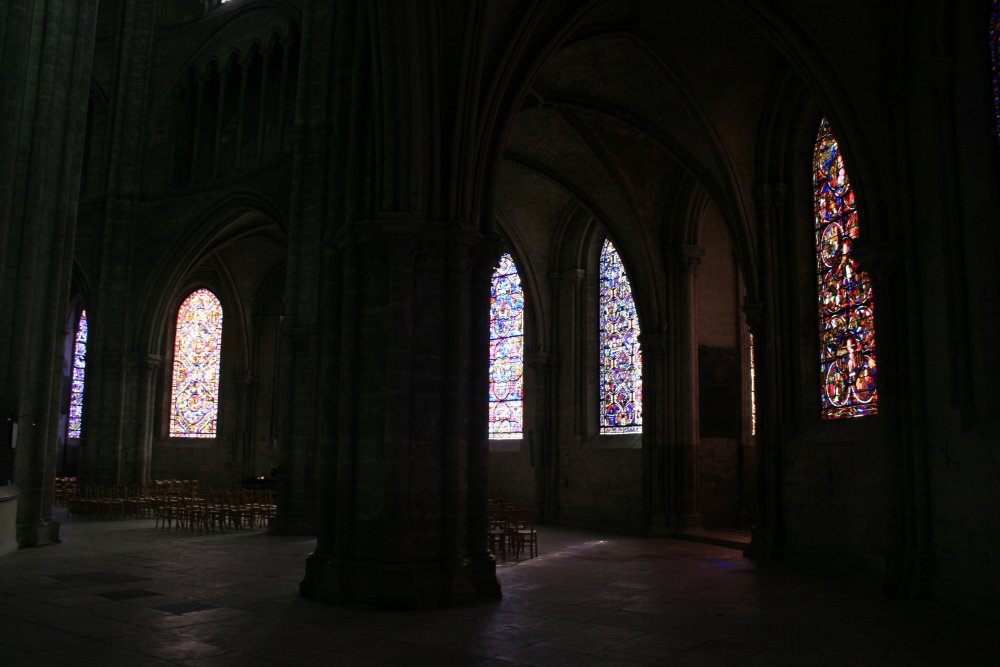
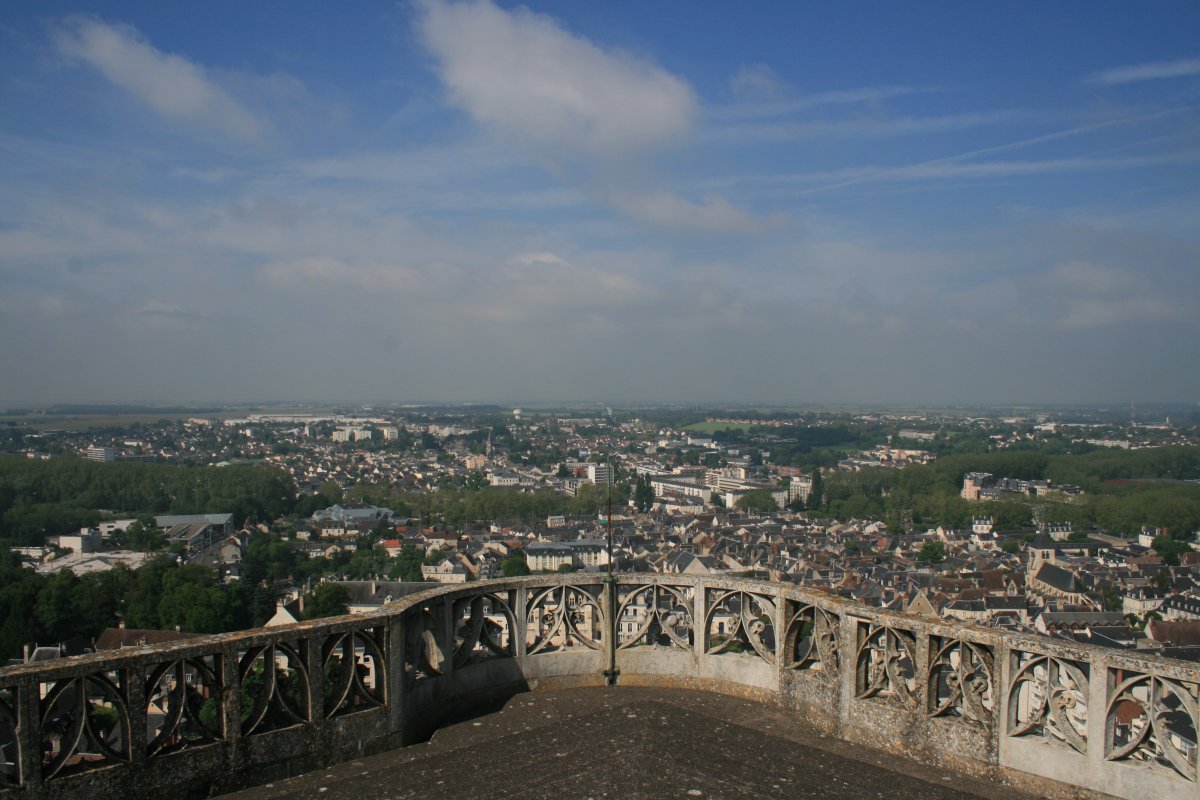
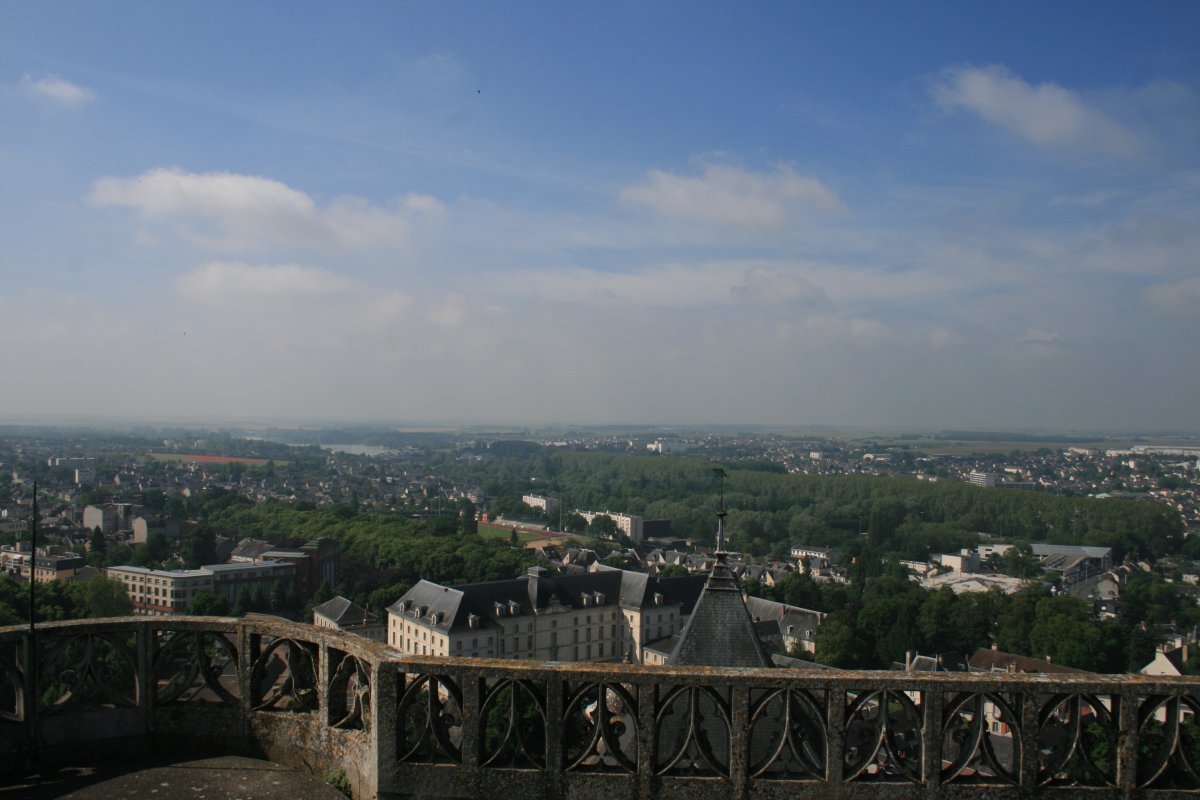
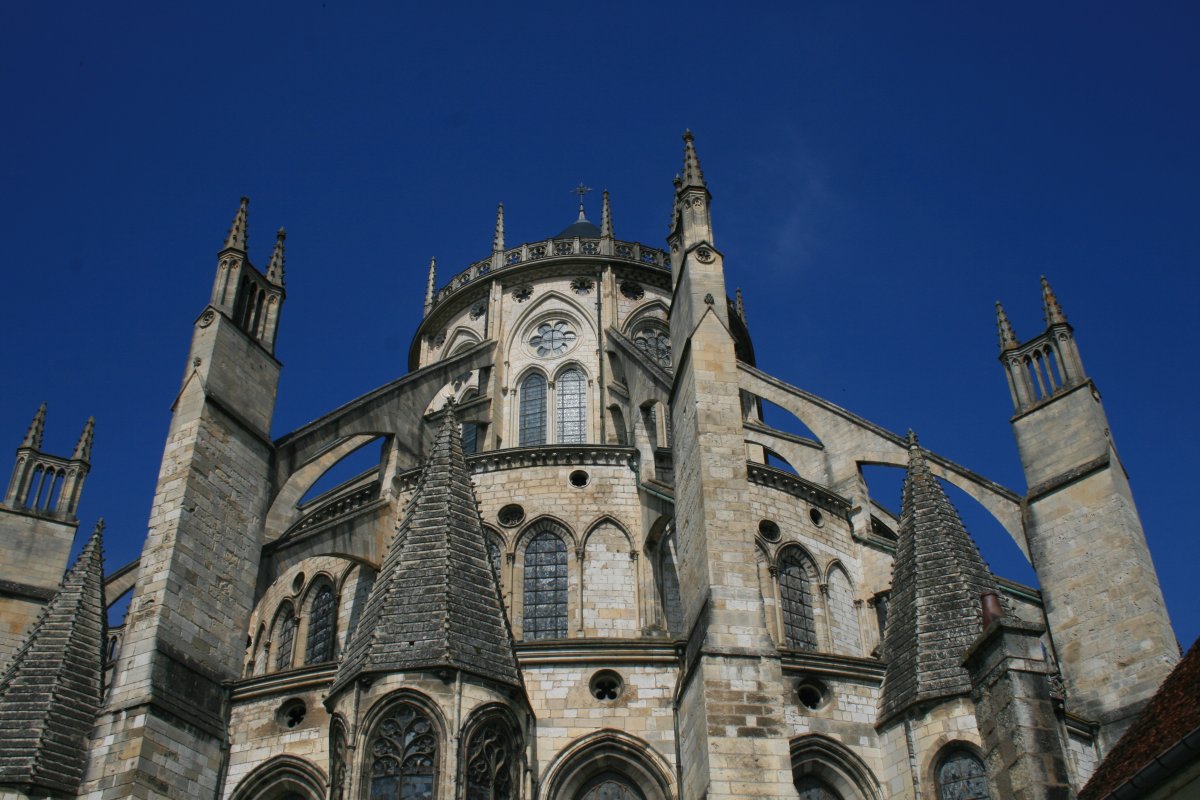
Back to the front (west) facade.
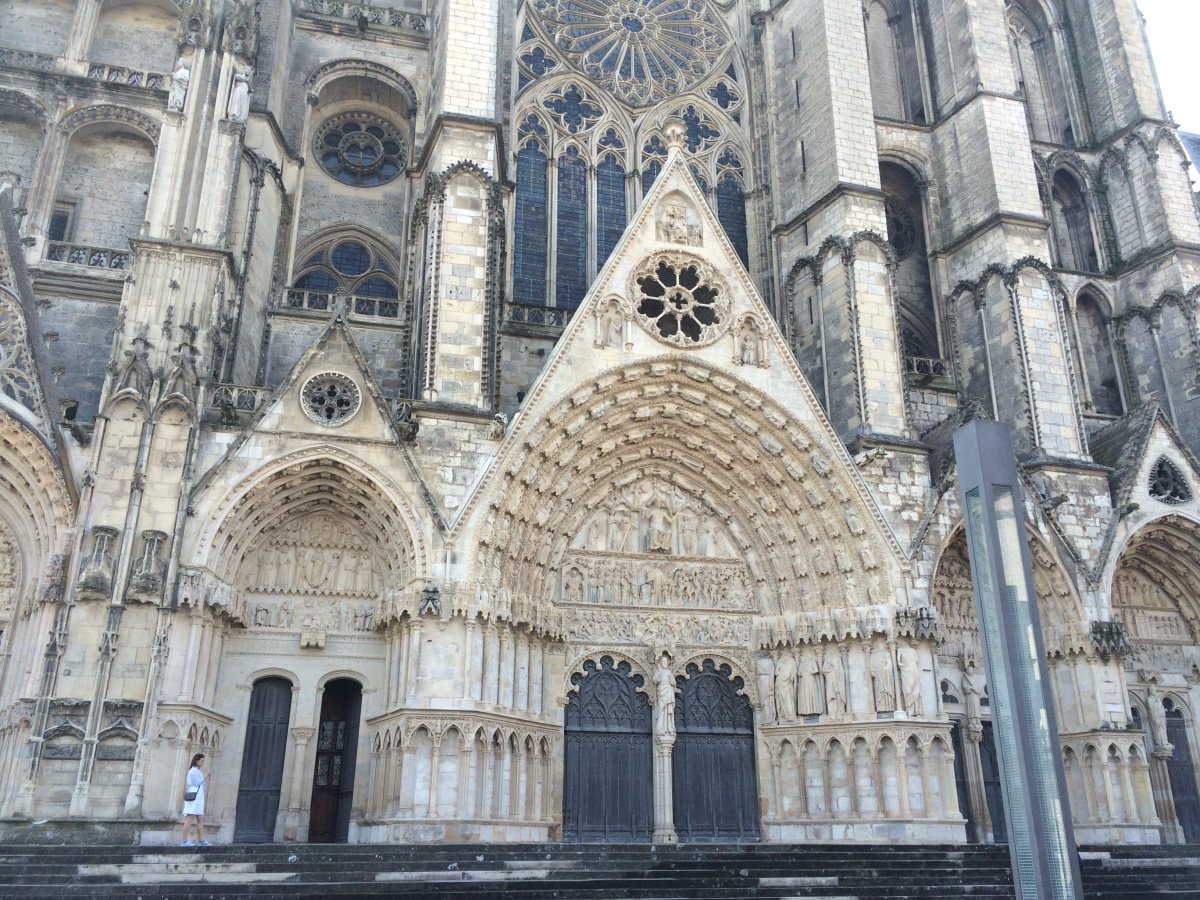
The other must-see place in Bourges is the palais (or home) of Jacques Coeur who lived from 1395 to 1456. Jacques was the rare entenpreneur in a world of kings and feudal lords, becoming rich through merchant ship trading. He became the king's -- Charles VII -- friend and economic adviser. He used his wealth to bankroll Joan of Arc's call to save France from the English. He also helped establish Bourges as a capital of luxury goods and arms manufacturing.
Sadly for Jacques, he didn't get to live in this glorious palace very long -- shortly after moving in, he was arrested on a series of trumped-up charges. The men selected to try and judge him, some of the most powerful men of France, were his debtors. They had him tortured until he "confessed," and then found him guilty. Aided by men who had worked for him, Coeur escaped from prison and made his way to Rome, where he was given the protection of the Pope. He died while leading a papal fleet to fight the Turks.
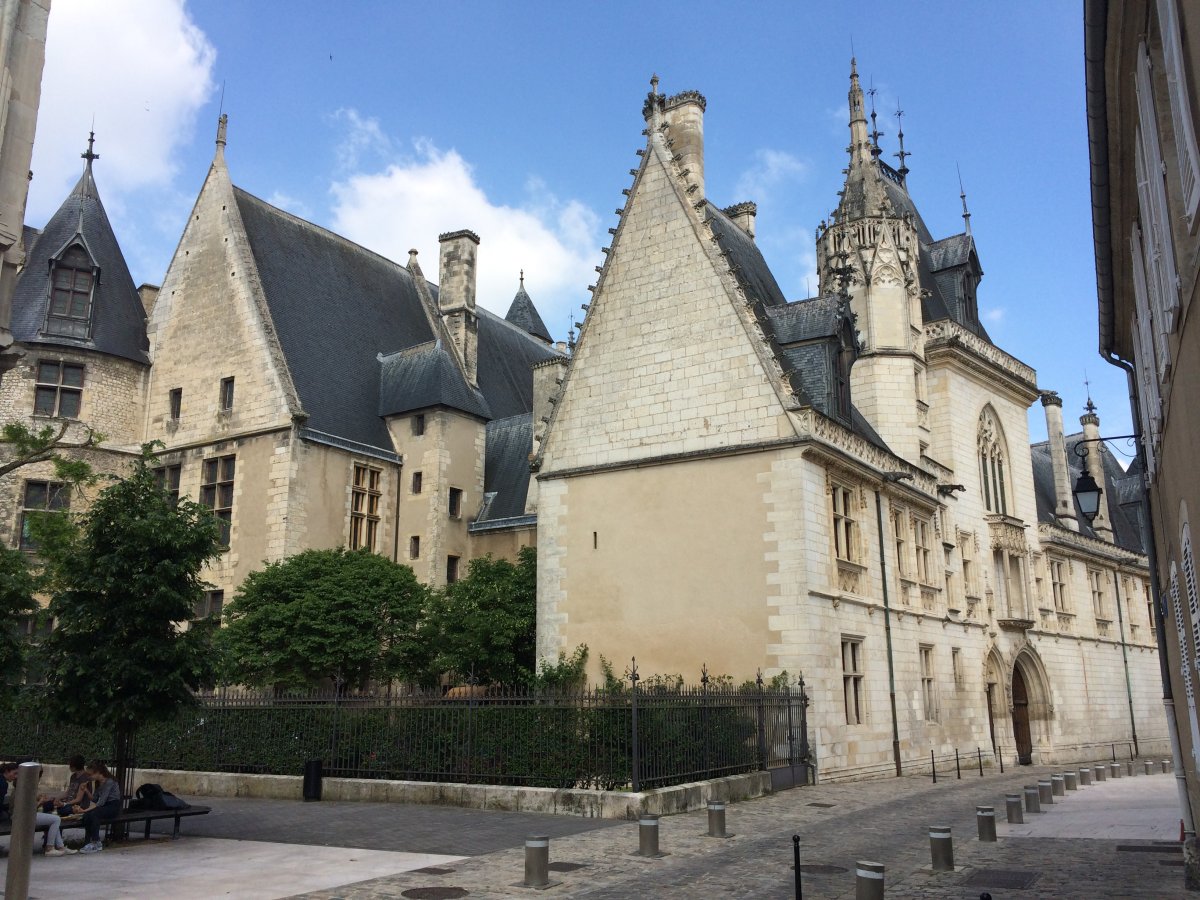
The ornate entrance pavilion. His extravagant home is one of the most impressive examples of a Gothic civil palace, combining all the best elements of a chateau in an urban mansion.
From Caro's The Road From the Past: "Jacques Coeur's career helps us to understand the rise of the merchant class and the transformation taking place in French cities near the end of the Hundred Years War. Out of the war's chaos cities gradually changed from places of refuge, administration, and consumption into centers of trade, production, and commerce. And as commerce revived, a new class of merchants, financiers, lawyers, bankers, and clerks arose."
